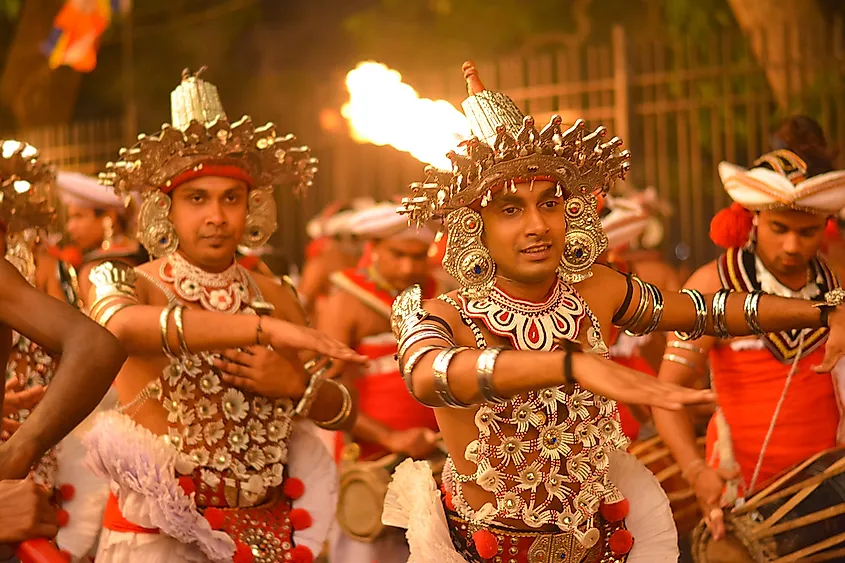Exploring Sri Lanka's Cultural Heritage
One of the most iconic cultural sites in Sri Lanka is the ancient city of Polonnaruwa, a UNESCO World Heritage Site that was the capital of Sri Lanka from the 11th to the 13th century. The city boasts an impressive array of ancient ruins, including the Royal Palace, the Quadrangle, and the Gal Vihara, a group of four Buddha statues carved out of solid rock.
Another cultural highlight is the Temple of the Tooth in Kandy, which houses a sacred relic believed to be a tooth of the Buddha. The temple is a major pilgrimage site for Buddhists and features intricate carvings, paintings, and a beautiful golden roof.
For those interested in Sri Lanka's colonial history, a visit to Galle Fort is a must. Built by the Portuguese in the 16th century and later expanded by the Dutch, the fort is a UNESCO World Heritage Site that features colonial-era buildings, cobblestone streets, and stunning views of the ocean.
Sri Lanka is also known for its traditional arts and crafts, such as batik fabric, handloom textiles, and wood carvings. Visitors can explore the workshops and markets in cities like Kandy and Colombo to see these crafts being made and purchase souvenirs to take home.
No trip to Sri Lanka would be complete without experiencing its vibrant and colorful festivals. The Esala Perahera in Kandy is one of the most famous, featuring a grand procession of dancers, drummers, and elephants that lasts for 10 days. The Sinhalese and Tamil New Year in April is another festive occasion, with traditional games, food, and customs.
Sri Lanka's cultural heritage is an essential part of the country's identity and a fascinating aspect for travelers to explore. Whether you're interested in ancient ruins, religious sites, or traditional arts, Sri Lanka has something to offer everyone.






0 comments